Everything you need to know about measuring ounces, from terms and origin to ounces in a 750 mL bottle and other helpful measurements.

Quick Conversions
When converting ounces to milliliters (mL), we’re moving between two systems of measurement: imperial vs. metric. Because of this, the numbers aren’t nice and round!
There are 25.36 fluid ounces in 750 mL. Since a shot glass is 1.5 ounces, you can get almost 17 shots from a bottle.
| Bottle Size | Ounces | Shots |
| 50ml | 1.7 | 1.1 |
| 100ml | 3.4 | 2.3 |
| 200ml | 6.8 | 4.5 |
| 375ml | 12.7 | 8.5 |
| 700ml | 23.7 | 15.8 |
| 750ml | 25.4 | 16.9 |
| 1 L | 33.8 | 22.5 |
| 1.75 L | 59.2 | 39.4 |
What Is An Ounce?
There are 1.5 ounces in 1 shot. Ounce comes from the Roman term “uncia.” An uncia was 1/12 of a Roman copper bar that was used as a tool to measure the length of an inch and the weight of an ounce.
Modern ounce weight and volume measurements, however, come from Britain. A fluid ounce is 1/16th of a quart. A dry ounce weighs 1/16 of a pound, or 28.35 grams. A fluid ounce is the amount of water that weighs one ounce.
Why Are Bottles 750 mL?
There are 17 shots in a 750 mL bottle. The “7-Fitty” came about because it equals roughly 1/5 of a US Gallon. For much of American history liquor was purchased in one quart bottles (1/4 of a gallon) or fifths (1/5 of a gallon), but as the liquor market in America became a much more international market the metric system worked its way into the liquor business. As we started using metric measurements, the bottles became close to the previously used imperial size. The 1.75 L bottle replaced the half gallon and the now less common 1 L bottle replaced the quart. 750 mL bottles were standardized upon in the US in 1980 under President Carter.
So whether you’re measuring water or wine, there are 25.36 fluid ounces in a 750 mL bottle. (Most wine bottles come in 750 mL sizes, so there are about 26 ounces in a bottle of wine.)
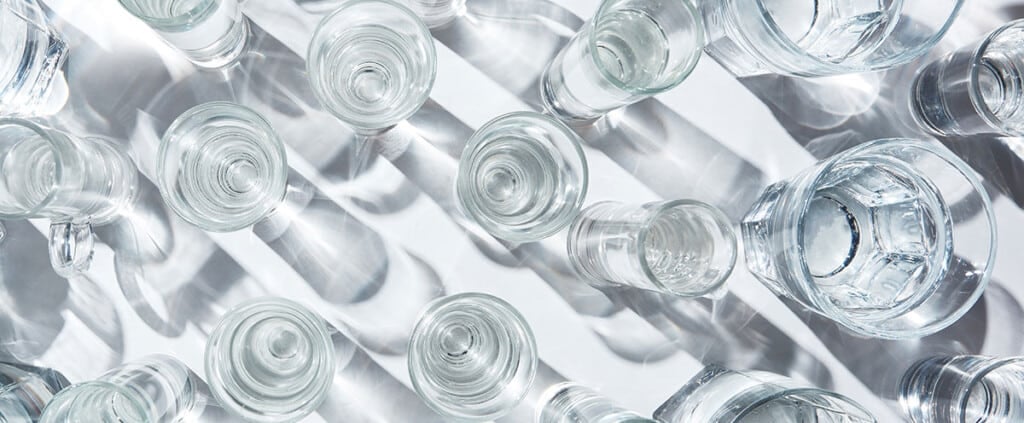
Why does Europe have 700 ml Bottles?
Good question, and the answer is not that the makers of those fine Scottish whiskeys are trying to cheat you. The European Union standardized on the 700 ml bottle about forty years ago to simply the paying of duty (taxes) on alcohol. It also simplified container size as many bars and pubs wanted to sell alcohol in 20, 25, and 35ml increments. 700 is divisible by all of these.
Why is a Shot 1.5 Fluid Ounces?
Unfortunately, we don’t know why a shot is 1.5 fluid ounces. The US government never established an exact measurement, though the State of Utah did despite being the state with the lowest per capita alcohol consumption. 1.5 ounces just became accepted, but pay attention as some bars recently have started posting that their drinks contain only 1.25 fluid ounces of liquor. Skimpflation is here.
Interestingly, nations are all over the map (terrible pun) on how they measure a shot and this isn’t just a conversion from metric to imperial issue.
| Nation | Fluid Ounces | mL |
| Germany | 0.67 | 20 |
| UK | 0.84 | 25 |
| Australia | 1.01 | 30 |
| Ireland | 1.2 | 35 |
| Sweden | 1.35 | 40 |
| Canada | 1.44 | 43 |
| USA | 1.5 | 44 |
| Russia | 1.69 | 50 |
| Italy | 2.02 | 60 |
I do have to say the puzzlers here are the Germans and Brits. The standard German beer mug at the Oktoberfest is 1 liter (more than two US pints). The Brits still measure beers in pints, but their pints are 20 oz. Why do the people who like their beers so large make their shots so small?
Where did the name Shot Glass come from?
Another question we aren’t sure about. It could be that in the Old West cowboys traded a rifle or pistol bullet (a shot) for a drink. This has been disputed, however, claiming that the term actually originated in 17th Century England as a reference to paying a bar bill. Either way, the name stuck. Prior to the name’s acceptance, whiskey glasses were often referred to as Whiskey Tasters or Whiskey Tumblers.
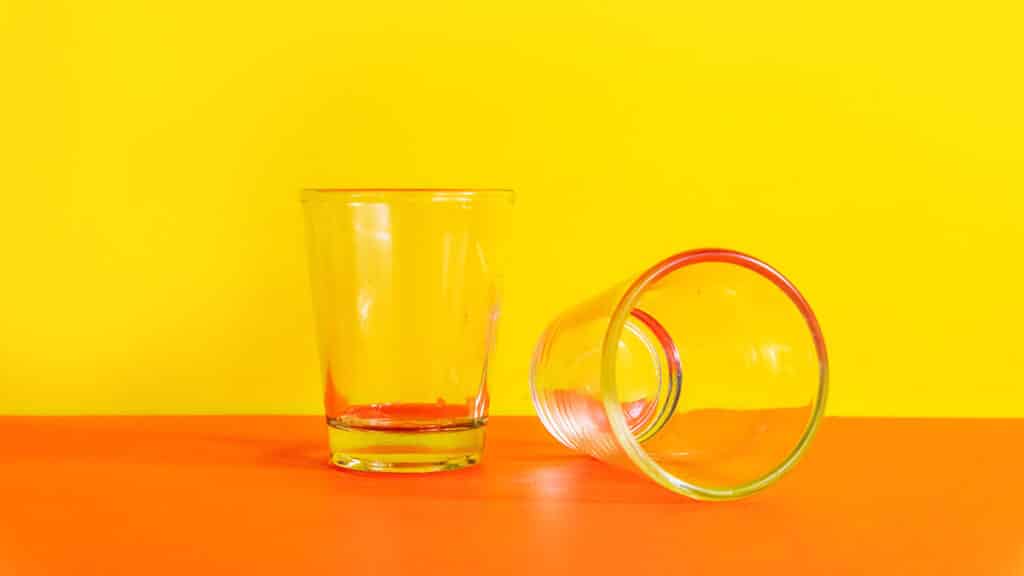

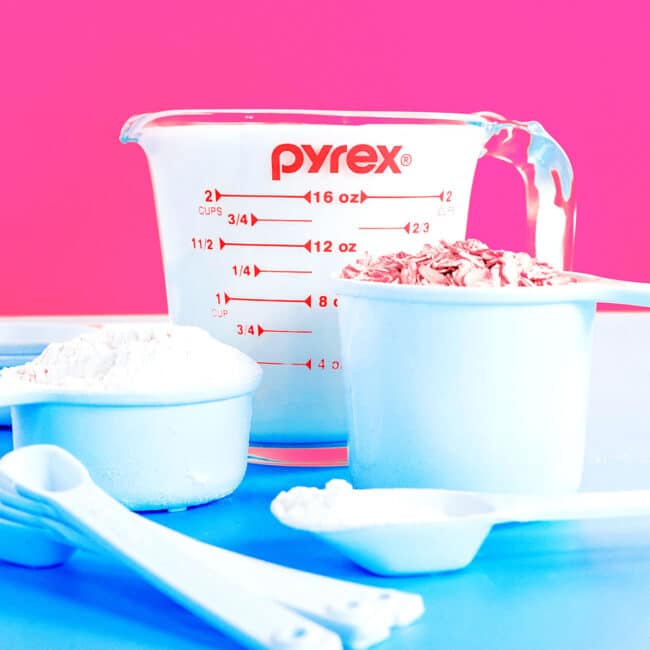
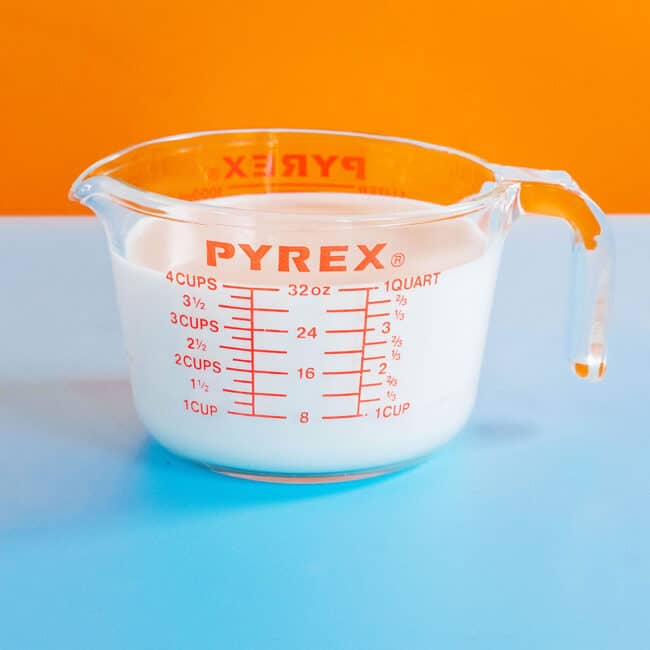
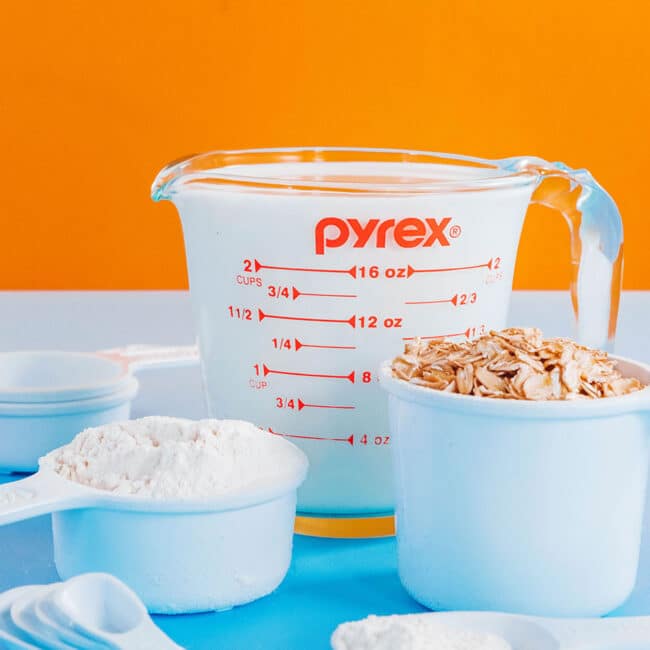
Scott WOOD says
how many ounces are 1 fifth of a quart
Sarah Bond says
6.4 US fluid ounces 😀
Connie Sloan says
If a wine bottle is 750ml (equals 25 ounces) approx. I want to make simple syrup and store in a 750ml bottle. So I boil 8 ounces of water, add 8 ounces of sugar and stir until sugar is totally dissolved. Then I pour into the bottle. Why then do I only have half a bottle of simple syrup?
Sarah Bond says
I think it’s because you’re combining liquids and solids. 8 oz of sugar takes up less space than 8 oz of water 🙂